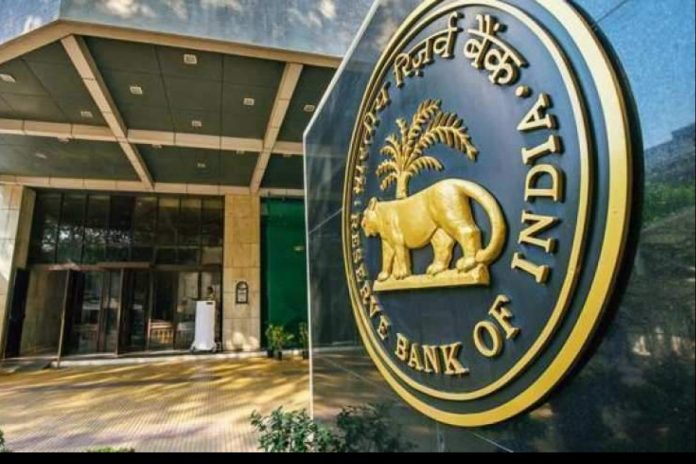Market participants took part in the policy to acknowledge the tough decision that the MPC faces in managing its primary target of inflation (based on the recent high inflation and uncertain prospects), at a time of continuing low growth and prospects. While the policy rate pause was largely on expected lines, the key takeaway from the policy was the shift in emphasis from addressing financial-market stress to addressing the stress in the real economy and the potential stress in the banking system.
The MPC has not, time and time again, relented in its primary objective of price stability and this has also been shown in this policy.
The policy statement recognized concerns about inflation prospects (including the April and May inflation calculation process). Disruptions to the supply side impacting both core and non-core as well as risks to the upside through broad cost-push factors have been identified. Besides, the caveat of reducing the inflation trajectory in H2 only on the base effects would indicate that the outlook for inflation of MPCs remains uncertain. On employment, the MPC expressed concern though refraining from providing an employment forecast, parking real GDP growth for the fiscal at contractionary rates.
While consumer confidence in the possibility that rates will stay lower for longer as long as it is necessary to continue accommodating as long as growth is necessary to recover, we agree that the bar has risen to more rate cuts. Although we expect additional accommodation in H2, the committee needs greater clarity and security in terms of sustainable inflation reduction before further action is taken, as explained previously.
Also, the declaration pointed out that the steps taken for the financial markets are more or less convenient for RBI / MPC.
RBI exhibited its trust in the measures to reduce financial conditions so far, despite the Governor’s indications of the progress in transmission across the markets in lowering corporate spreads and interest rates on monetary, bond and credit markets.
RBI would also be comfortable because long-term returns have been traded despite a large supply of public paper. Given the current rhetoric and the surplus liquidity within the system, the central bank believes that only signs of continuous yield growth will appraise markets and use instruments such as OMO purchases.
Contrary to expectations, RBI could save this ammunition for later if the situation escalates or worsens. Moreover, it is also clear that the HTM hike was not announced. Despite the lack of supply absorption measures, the markets still trust the central bank to intervene if necessary. So, despite the long-term spike in post policy and the expected further curve, we feel that yields are likely to be within an acceptable range. Concerning the steps announced for the real economy, the policymakers’ strong emphasis will continue to ease the tension caused by the disruptions in Covid-19 while maintaining credit discipline. With this in mind, the steps taken by expanding NABARD’s and NHB’s special refinancing facilities are to reduce tension in the housing industry as well as in NBFC’ S from liquidity disruptions.

